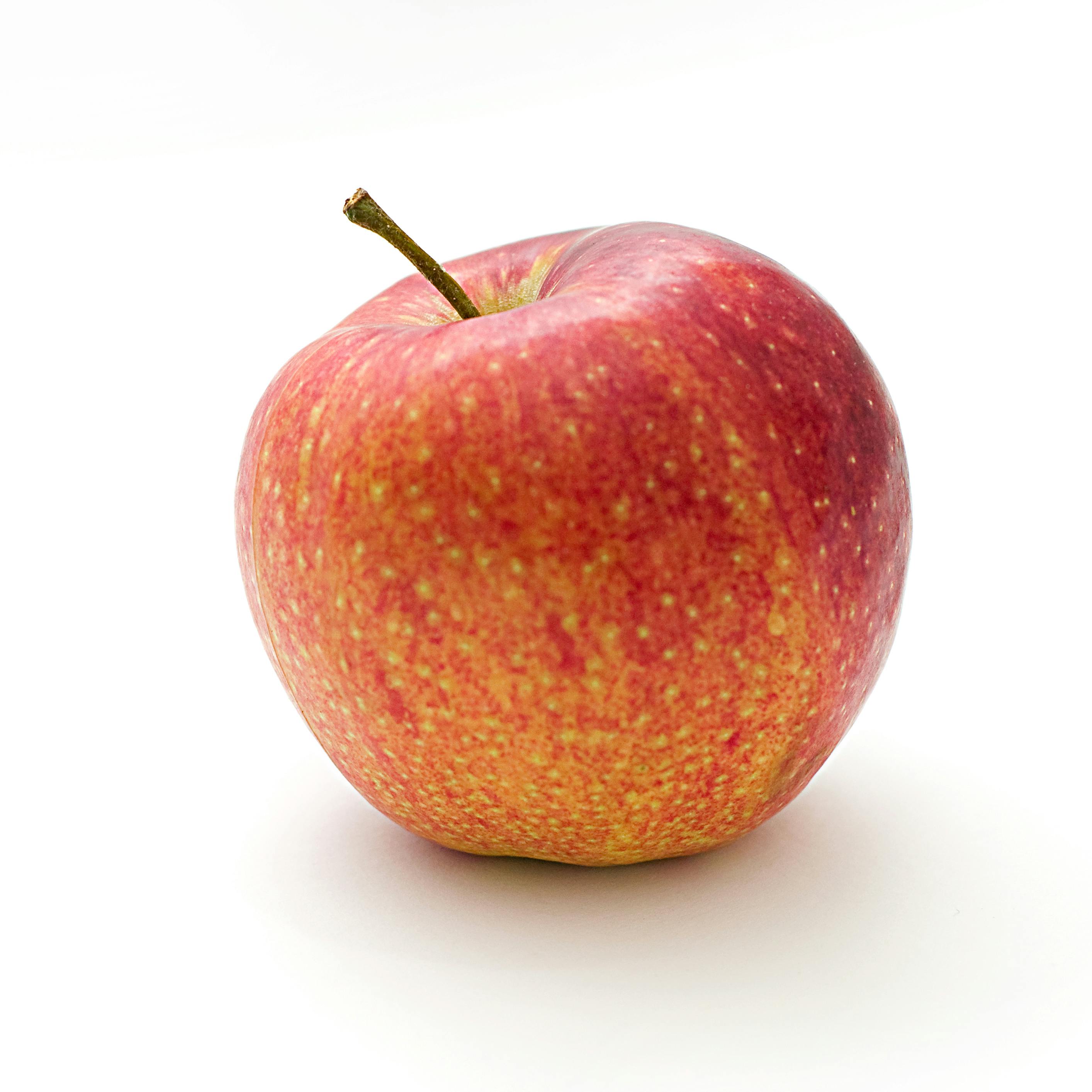
Beets are the kind of veggie I always wish I used more often. Now that I have an Instant Pot, it’s easy to quickly prep a bunch for a week of salads, but that’s as about as creative as I’ve gotten with them lately. And while I’m waiting for the ever-so-slow unfolding of spring here in Philly, farmers’ market stands still have tons of sturdy storage beets in red and gold, harvested months ago.
With strawberries still weeks away and grapes for actual raisins not available until high summer, I had to try this recipe. Baird’s recipe calls for melon balling the raw beets into uniform spheres, which is far more work than I wanted to put in. Slices rather than balls also reduces waste, giving you more beet raisin for your buck. The slices went into a pot with vinegar, sugar, water, and a pinch of salt.
Baird uses champagne vinegar, which you’re welcome to do; I used apple cider vinegar, because that’s what I had on hand (and I’m not trying to win a high-stakes cooking competition). The slices simmered till they were very soft but not disintegrating, about two hours. Then, I drained the liquid — which you could use to make salad dressing, or add a little more salt and use it to quick-pickle some thinly-sliced hakurei turnips, for example — and let the slices cool for a bit.
The cooked beet “grapes” then went into my Excalibur dehydrator at at 135oF, which is the setting recommended for fruit. After two hours, the beets were showing signs of dehydration, but their texture was still more like beets than raisins. I upped the temperature to 145oF, which is the temperature I include in the recipe below.
When I did, they were wrinkly, chewy and toothsome, and pleasantly sweet and a little tart — just like real raisins! They’re super snackable and would be delicious in a bowl of yogurt with granola, or on a kale salad, as Baird served them on Top Chef. I could also see using them to top a tzatziki-esque cucumber salad along with lots of dill, toasted slivered almonds, and a pillowy pita.
They’re not quite as simple as stemming grapes and tossing them onto a dehydrator rack, but I’ll definitely be making these beet raisins again. Would you give them a try, Tell us in the comments! 1. Trim and peel the beets. 2. Put the beets in a non-reactive 2-quart pot along with the water, vinegar, sugar, and salt and simmer gently, covered, until the beets are very soft but not falling apart, about 2 hours. 3. Drain the beets of their liquid and allow them to cool. Place the beets on the rack of a dehydrator and dehydrate at 145 degrees F until chewy and raisinlike, 4 to 5 hours.
A good EOD Diet plan will teach us how to love food again and love our new best bodies. A good eat every other day diet, or EOD Diet for short, should not strictly be an eat every other day diet. Why not get started today! What is a good example of an EEOD plan,
Silkworms are the larva of a moth (Bombyx mori) native to Asia that spins a cocoon of fine, strong, lustrous fiber that is the source of commercial silk. The culture of silkworms is called sericulture. The various species of silkworms raised today are distinguished by the quality of the silk they produce. Silkworms feed on the leaves of the mulberries (genus Morus) and sometimes on the Osage orange (Maclura pomifera).
Bombyx Mori will not bite, making an ideal worm for feeding most reptiles, amphibians and other animals, and they offer great nutritional value. Newborns are small enough for most baby reptiles to eat and young silkworms can even be fed so they will grow to a desired size. Silkworms are soft-bodied, slow moving and can grow to 3 inches in length.
Tags:
How Make Food
